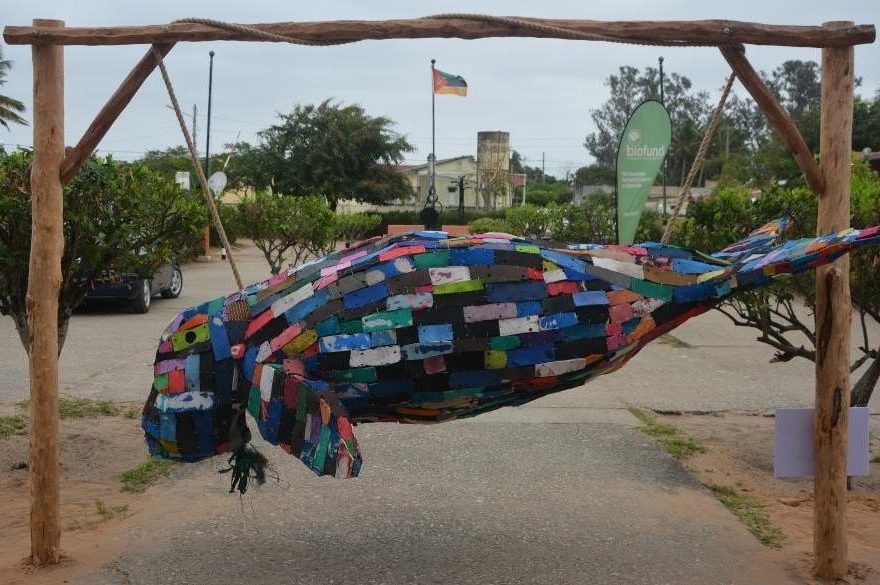
The Mozambique Biodiversity Exhibition
“Visiting the exhibition was a unique opportunity to complement my knowledge about the biodiversity of Manica and Mozambique, with particular emphasis on the endemic species of flora,” said Chilasse Salvador Fernandes, a young graduate in Ecotourism and Wildlife Management by the Superior Institute of Manica, during the last edition of BIOFUND’s biodiversity exhibition.
Mozambique is home to a rich flora with 6500 plant species, of which over 300 plant species are on the IUCN red list and 22% are endemic, a terrestrial fauna with 726 bird species, 171 reptile species, 85 amphibians (of which 28 are endemic) and 3075 insect species.
It is in this scenario that in 2011 the creation of BIOFUND – Foundation for the Conservation of Biodiversity, a nonprofit Mozambican private organization, gained momentum with the perspective of adding sustainability to the financial support of biodiversity conservation areas in Mozambique.
Since its public launch in 2015, one of BIOFUND’s decisions has been to address the so-called underlying causes of biodiversity loss. Among other things, the need to improve civil society awareness of the importance of biodiversity was identified among the priority aspects, especially on young people.
It was then in 2015, in Maputo, at the time of its official launch, that BIOFUND decided to embrace the dream and launched what is considered the largest itinerant biodiversity exhibition in the country.
Chilasse Salvador represents the voice of the 13,000 people who had already the opportunity to witness this great journey which in five years has reached half of the provincial capitals of the country and involved over 120 schools plus about 200 national and international partners, as well as a number of young college students and future teachers who participate as guides at every edition, with the potential to become future conservation leaders in Mozambique.
This long walk has illustrated, using different technologies and tools, Mozambique’s rich marine, aquatic and terrestrial biodiversity. Within the CAFÉ network this is the largest initiative of environmental awareness promoted by an environmental fund.

